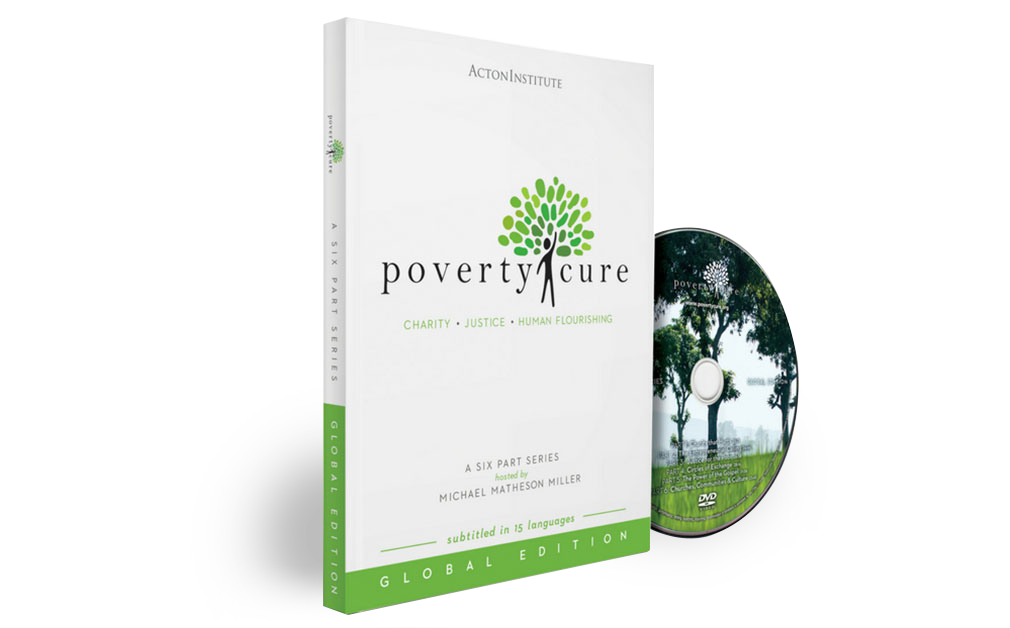Population and Poverty: The Fear of Overpopulation
The fear of overpopulation of the earth has a long history. English cleric Thomas Malthus first articulated the mathematical calculation that seemed to provide some scientific confirmation of people’s intuitive sense that population growth could not continue indefinitely without dire consequence. In Malthus’s formula, the growth of human beings naturally occurred at a geometric rate (each generation built on an ever larger previous generation) while the growth of the food supply occurred at an arithmetic rate (simple addition as more farms and farmers added to the previous total). If wars, plagues, or other catastrophes did not keep population in check, then periodic famines were inevitable.
Although wars and famines have occurred since Malthus’s death in 1834, they cannot be explained by his theory of overpopulation. While the world’s population has grown rapidly, food production has more than kept pace: average caloric intake today is far higher than it was in the nineteenth century.
Population Doomsayers Undeterred
That Malthus’s doomsday predictions never materialized has not deterred other public voices from proclaiming the dangers of overpopulation in similarly apocalyptic fashion. In 1968, Paul Ehrlich wrote The Population Bomb, triggering a new wave of population control advocacy and furnishing a handy term to encapsulate the supposedly explosive danger that human fertility posed. In 1975, The Environmental Fund echoed Malthus and Ehrlich: “The world as we know it will likely be ruined before the year 2000…. World food production cannot keep pace with the galloping growth of population.”
Similarly gloomy forecasts have warned of the imminent consumption of the world’s resources. In 1939, the U.S. Department of the Interior determined that American oil supplies would be exhausted in thirteen years. (American wells are still pumping.) Also, in 1970, Harrison Brown of the National Academy of Sciences wrote in Scientific American that the earth’s supply of copper would run out by the year 2000, and that lead, zinc, tin, gold, and silver would all be gone by 1990.
Population and Poverty: Adding Creativity to the Equation
These predictions have proved wildly inaccurate. The growth of agricultural output continues to outpace population increases. North America continues to discover new and better ways of extracting oil from the earth, even as researchers continue to explore and develop alternate forms of energy. As for metal resources, in 1980, Julian Simon offered Paul Ehrlich a wager, to be decided in 1990. If Ehrlich’s fears about population outstripping resources were true, then the price of raw materials would skyrocket as growing demand put increasing pressure on supplies. The two agreed to a basket of commodity metals including copper, nickel, and tungsten, and Simon bet that the price of these resources would decline over the course of the 1980s. It turned out that the prices of all five items in the basket did indeed decline; Ehrlich conceded defeat and paid Simon. The prices of metals fluctuate over the short term, of course, but the long-term trend has been for baskets of commodities to grow less scarce, either by humans discovering new and better ways to obtain them, or by humans discovering better alternatives (such as sand-based fiber optics to replace the use of copper in telecommunication lines).
What prognosticators like Malthus and Ehrlich overlook in their seemingly reasonable calculations is the extraordinary creativity and productivity of human beings. This creativity is manifested most obviously in technological advances, which permit enormous improvements in efficiency—and therefore in the capacity of a given natural resource to enhance human well-being. To take but one example, in 1960, one American farmer could produce enough food for 26 people; today one farmer can feed 212 people. Meanwhile, the total number of acres farmed peaked in 1950 and has been declining ever since. We are feeding more people with less land and less labor than ever before. Moreoever, we are doing this and fueling a more energy-intensive economy while continuing to improve the environment. As Stephen Hayward, author of the Almanac of Environmental Trends, has noted, the environment in the United States has continued to improve over the past several decades, in the face of steady population growth. A particularly dramatic example Hayward pointed to in an interview for the Effective Stewardship DVD series concerns the health of the Great Lakes:
At the time of the first Earth Day in 1970, people said, “Well, the Great Lakes are like the American Dead Sea.” You know we had the famous fire in the Cuyahoga River in Cleveland in 1969. In fact, there’ve been declines in toxic traces of chemicals in the Great Lakes up to 90% since the 1970s. You’ve seen a substantial recovery in wild life around the Great Lakes including endangered species, and in a lot of areas, you can go swimming in the Great Lakes again.
The lesson here is not that we should lightly dismiss our responsibility to husband the earth’s resources and preserve its bounty and beauty for subsequent generations. Nor is it to claim that planet earth can sustain any population no matter how large. The point, rather, is that we should view fellow humans as allies rather than as enemies in our campaign to meet the present and future needs of the world’s people. Those who hazard doomsday predictions about population growth leading to mass starvation and the like have consistently underestimated the capacity of human beings to deal with the challenge of increased population. Anywhere humans have been free to innovate and to see many of the rewards of their labor and enterprise, they have not only met the challenge but have decreased environmental impact and found more effective ways to feed, house, and transport the world’s people.
Population Control’s War on Women
The battle between these two visions of human potential—humans as creators vs. humans primarily as consumers—is more than an academic debate. In some places, the zero-sum mentality has been used to control procreation of others, by force if necessary. The most widespread and abusive of these efforts is the one-child policy in China. Enacted in the 1980s, the policy essentially limits each Chinese woman to a single baby. Beyond aggressively promoting birth control and levying harsh fines, the Chinese government has also employed forced abortions when necessary to enforce the obligatory limit.
Objectionable measures have been used in other countries as well. In the 1990s, Peru’s National Program for Family Planning, which received funding from both the United Nations Population Fund (UNFPA) and the United States Agency for International Development (USAID), paid poor women to agree to be sterilized. In some instances, sterilizations were done without women’s knowledge or consent.
In such cases, the effect of the zero-sum mentality is to treat fertility—for many women a central component of feminine identity—as a threat. Population control programs to which rewards or penalties are attached fail to respect women’s self-determination concerning their own fertility, demeaning their dignity by implying that they are incapable of responsibly managing their own family’s character and size. Additionally, as the Chinese experience has demonstrated, the combination of population control and a gender-biased culture results in discrimination against unborn female babies. Sex selective abortion has produced a significant and growing imbalance between the number of men and women in China and other Asian nations.
Population and Poverty: Unleashing Human Creativity
Although it is true that people’s needs may exceed the available resources in any given time or place, it is a mistake to see the problem as a function of population growth, per se. A single person living in a vast expanse of land might represent “overpopulation” if he lacks the knowledge, skills, or equipment necessary to meet his own needs for food and shelter. Empirically, there is no necessary relationship—negative or positive—between population size and material abundance. Densely populated Japan (873 people per square mile) is relatively wealthy, while the sparsely populated and resource rich Democratic Republic of the Congo (76 per square mile) is relatively poor.
These two examples point to the key to unleashing human creativity and productivity. Since World War II, Japan has enjoyed peace, a stable government, and a market system that rewards ingenuity and hard work. The Congo has been plagued by civil war, absence of law, and an economic system that reflects these dysfunctions. If we are concerned about the dignity of people, including their material well-being, then we would do well to focus our attention on encouraging institutions that promote human flourishing. Trying to curb population is, at best, a distraction from the vital task of uplifting the world’s poor.
Population Growth and the Idea of the Imago Dei
The view of the person as a creative resource rather than as a zero-sum liability can be derived purely from observation and a study of the historical record. At the same time, this view is reinforced by the Judeo-Christian understanding of the human person. On this view, humans are made in the image of God. This teaching entails many things about the human person, but one of those is that humans are sub-creators, made in the image of the Creator. However, the essentially materialist economic philosophy of Marxist socialism has tended to a view of wealth as a zero-sum game in which a bigger piece of the economic pie for one group necessarily means a smaller piece for the poor. Such a view has encouraged envy and coercive redistribution at the expense of innovation, cooperation and enterprise; everywhere it has been aggressively pursued it has led to misery and want. Thus, Christians have solid prudential and theological grounds for resisting any economic model that undervalues or overlooks the creative capacity of humans, creatures made in the image of a most creative God. Christians committed to helping the poor of the world have a powerful resource in Christian theology to encourage the idea that, of all the earthly resources, “People are the ultimate resource.”


